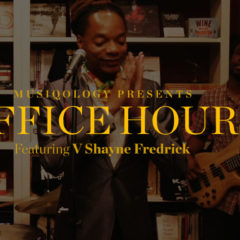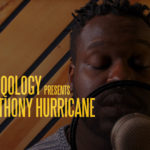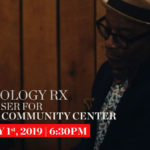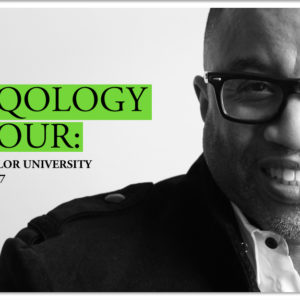Featuring new voices and contributors, Fresh Wax is MusiQology’s way to feature new contributions from academics, artists, and writers at large. In its debut edition, first-time MusiQology contributor Gabriel Jermaine Vanlandingham-Dunn gives his impression of two exhibits at the Philadelphia ICA, “Freedom Principle” and “Endless Shout,” situating them in context with the broader study of African American art and culture of the past and of today.
In recent years there’s been a considerable amount of conversation happening within the African Diaspora around representation. Usually focused on/around Black women and their continuing fight to establishing a platform that centers on their unique societal position, these conversations have been based on such topics as gender identity, media portrayal, and economic inequality. I, as a result of knee-jerk reactions or the want to understand this experience had by my sisters more, have not had much say in regard to these conversations. I am a 36-year-old creative-type Black man that stands at about 6-foot-3 inches with a very full head of hair and matching beard. Needless to say I don’t see many men with my features in primarily white spaces, such as museums and art galleries. My interests, most of the time, don’t attract brothers that look like me.
With this in mind I was extremely inspired by the “Freedom Principle” and “Endless Shout” exhibitions currently on display at the Institute of Contemporary Art in Philadelphia. Focused around the music, visual artwork, and short films by various members of the AACM, both exhibits incorporate sound and sight in an attempt to not only share the history of the organization, but to give face time to the organization’s creators. Started in 1965, the Association for the Advancement of Creative Musicians is devoted “to nurturing, performing, and recording serious, original music”. Many of the members have become household names in avant garde music: Muhal Richard Abrams, the Art Ensemble of Chicago, Anthony Braxton, George Lewis, Leroy Jenkins, Jack DeJohnette, Henry Threadgill, and Chico Freeman to name a few.
“The Freedom Principle: Experiments in Art and Music, 1965 to Now”, organized by the Museum of Contemporary Art (Chicago, Illinois), leans more toward the aforementioned conversation around representation for me. Visitors are greeted with video footage of the Douglas Ewart/George Lewis Quartet performing Albert Ayler’s “Spirits Rejoice”. Having collected the Great Black Music for the majority of my life, the instant familiarity was both exhilarating and comforting. A turn around the corner opens up to several large rooms filled with paintings, flyers, album covers, and photographs, all of members of the AACM and their Chicago community. As beautiful as the instillations and paintings used for LP covers are, the real treat for my eyes is the images of Beautiful Black Musicians. Kelan Phillip Cohran, Wadada Leo Smith, Amina Claudine Myers, and, of course, the Art Ensemble of Chicago are all documented on the walls and in the cases of the exhibit. The pictures harken back to times that many a young Black artist dream about: a time when a large group of likeminded Black folk could come together, create art collectively and individually, and create not only a large body of work, but a cultural institution for the city of Chicago. I’ve crossed paths with plenty of young Black artists that tend to focus on branding themselves, as the times have changed dramatically since the 1960s and individual expression seems to have replaced the spirit of Umoja. For me, it moves my core seeing people on a wall that look like me: men with full curly naturals/full beards, draped in African clothing and face paint (years before Afropunk), and making music that challenged the listener to think outside the box. THESE are MY people.
While the first floor is an Afro-Archeologist heaven, upstairs has possesses more of a Sankofa aesthetic. Using tools created to make music (music/lyric sheets, cymbals) “Endless Shout” displays a mixture of paintings, film, and mixed-media pieces with live poetry as to represent a living-breathing organism dedicated to the collective experience and the improvisational spirit. As it takes its name from a George Lewis composition, artists Raul de Nieves, Danielle Goldman, Fred Moten, The Otolith Group, and taisha paggett (along with Lewis) “will oversee an unfolding series of performances and encounters within ICA’s exhibition spaces”.
While my area of expertise is in the realm of the Great Black Music (sometimes referred to as Jazz), I must say that seeing these musicians/visual artists display of passion through vibrant colors, hard tones, and interactive media has fed my soul in way that hadn’t been done through an exhibition since my last trip to Chicago. It further glues me to the formal and artistic study of my people, many of them creative types in their own right. The cherry on top is walking into a Philadelphia gallery and seeing not only artwork by people that look like me, but images centered on those very same likenesses. In an age where it is easier to find video footage of police officers gunning down unarmed Black Men and Women than it is to meet a Black saxophonist, its crazy important to get folk out to see for themselves that we have had the biggest hand in creating the soundscape for the world to appreciate. “The Freedom Principle” and “Endless Shout” are loud and colorful, as they should be. Those two words are not only Powers Stronger Than Themselves, but also badges that African people have carried from the continent to every corner of the globe.
Born and raised in West Baltimore, Maryland, Gabriel Jermaine Vanlandingham-Dunn has been collecting Black music for the majority of his life. After moving to Philadelphia he switched from being a full time music maker to Africana Studies major/writer focused on the Black Arts. His focus is independent Black Arts from the 1950-1970s. Following in the footsteps of Amiri Baraka, he hopes to publish work that will reexamine the role of Africana history in all disciplines of the arts. He also just bought his first set of vibes, but is too busy writing papers to practice on them. Contact him via email.

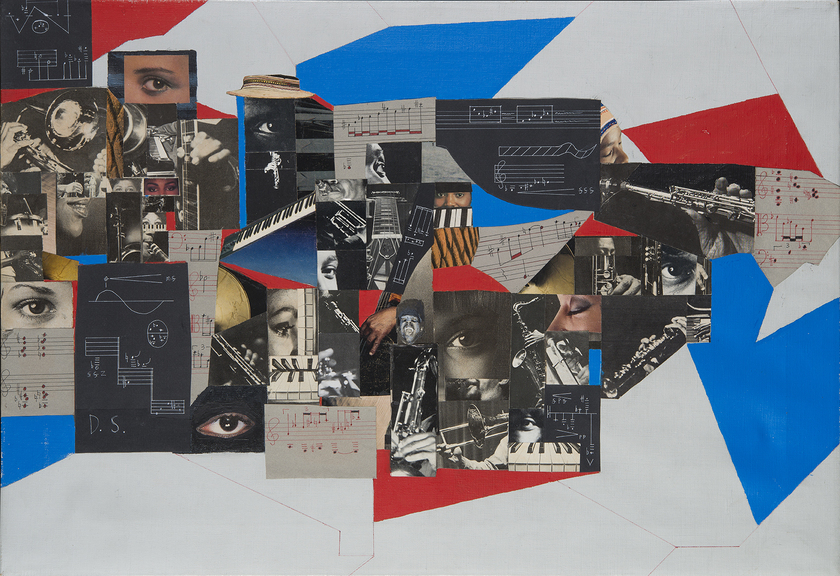
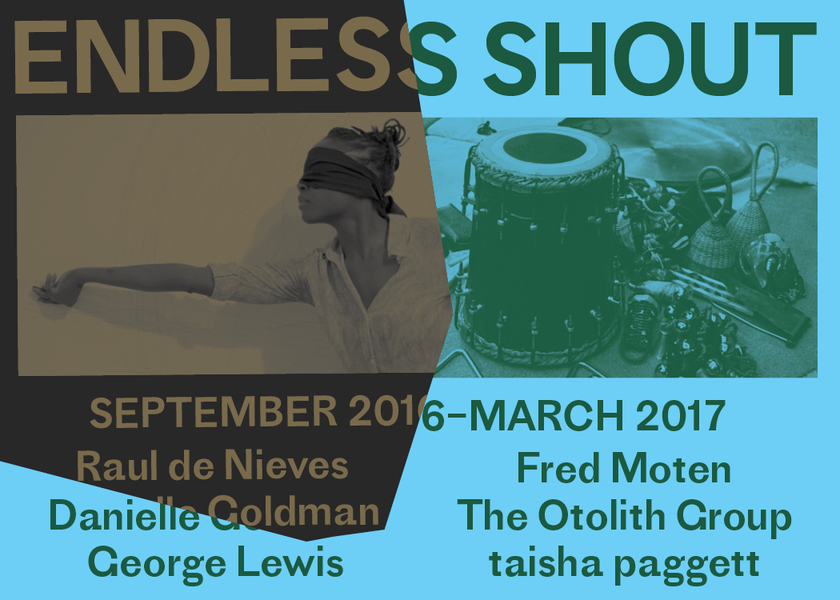
 Share On Facebook
Share On Facebook Tweet It
Tweet It


